Beppu Onsen (別府温泉) is an extensive hot spring system in the city of Beppu, Ōita, Japan. There are eight distinct major thermal spring zones called "Beppu Hatto".
There are rich hot spring resources in Beppu; the volume of water discharged from the Beppo system is second in volume to that of the Yellowstone National Park in the Western United States.
There are 2,909 hot spring vents within the city, and these account for more than 10% of the 27,644 hot spring vents in Japan, according to a survey conducted by the Ministry of the Environment in 2004. Statistics from the Beppu City Hall show that more than 130,000 tons of hot spring water gushes from the ground every day. This is the second largest amount of hot spring water discharge in the world, and the largest amount in Japan.
 Natural iron hot spring at Beppu Onsen
Natural iron hot spring at Beppu OnsenThe Iyo-no-Kuni Topography, a text from the early part of the 8th century, states that "once in the age of the gods, Sukunabikona (スクナビコナ) and Ōkuninushi visited Iyo-no-Kuni, now known as Ehime Prefecture. Sukunabikona fainted from illness. With a deep sorrow Ōkuninushi placed a long pipe at the bottom of the sea all the way through from Dōgo Onsen (Matsuyama) to Beppu to supply therapeutic thermal waters for him to bathe, by the grace of which he was saved." Additionally, writings from the Bungo Province describes Akayusen (Chinoike Jigoku).[1]
Reports exist that state sanatoria were established in the Kamakura period Ōtomo Yoriyasuin Beppu, Kannawa and Hamawaki regions to heal wounded samurai during the war against the Mongolian Army. In the 7th year of the Genroku Era in the Edo period, the prosperous hot springs of Beppu were written about by Dr. Ekiken Kaibara. During the Meiji period onward, Beppu's thermal springs were excavated with the boring techniques used in Kazusa, resulting in the completion of more than 1000 wells by the final years of the Meiji period. In the 1960s and 1970s, after World War Two, Beppu Onsen town was rapidly developed establishing social stability and economical improvement.[1]
Especially from about 1919 to 1955, the amount of hot water taken rose to use the heat in agriculture and salt production, many problems happened; for example, the depletion of the old source of the springs and a decrease in temperature. Because of this, a new source of hot springs was searched and in 1957, a new layer of hot springs was found in 200m~300m below ground and was started for use. Since 1964 using hot springs for salt production has been banned, however, using them for agriculture and aqua farming of fish has continued for the moment.[citation needed]


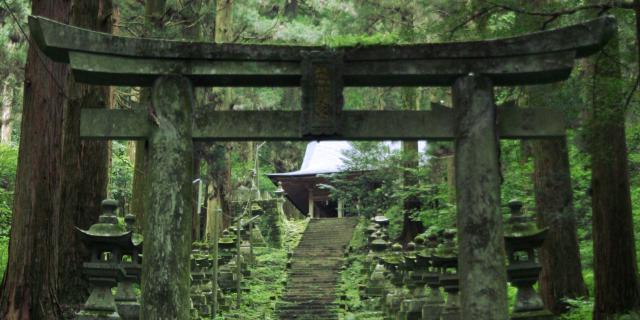




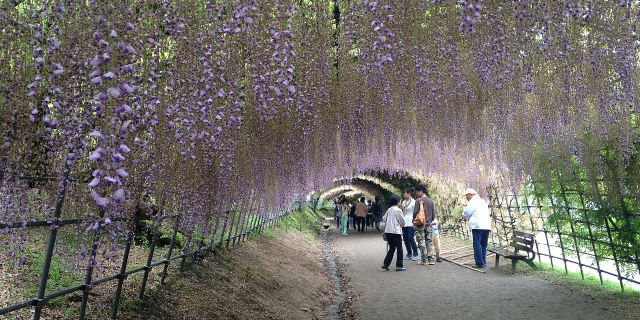

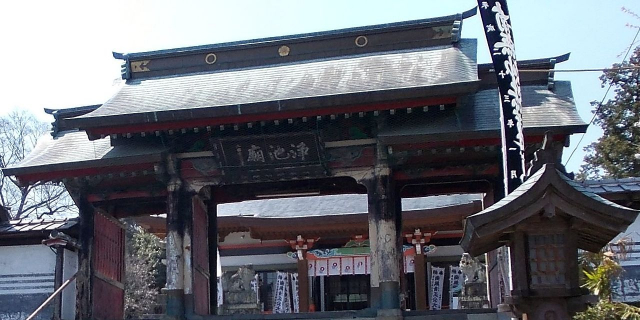






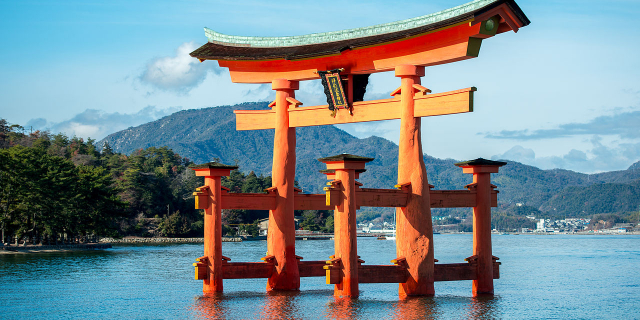
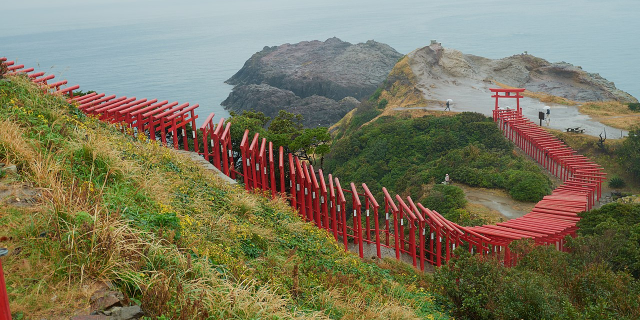
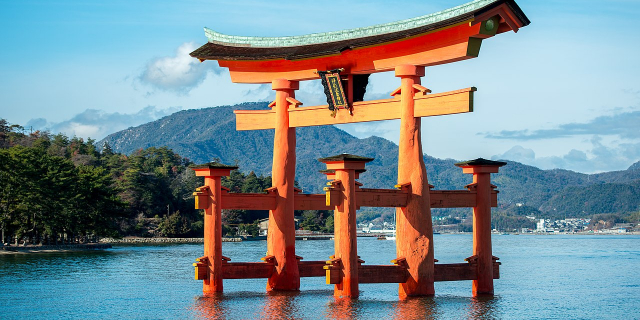
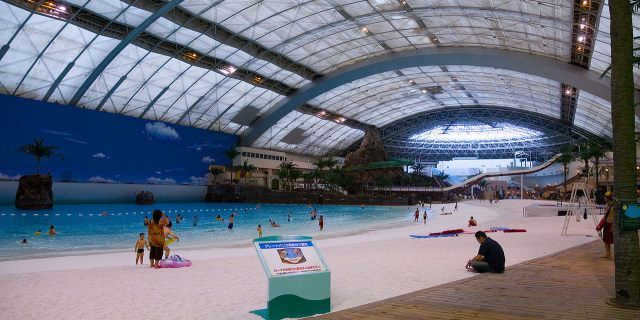

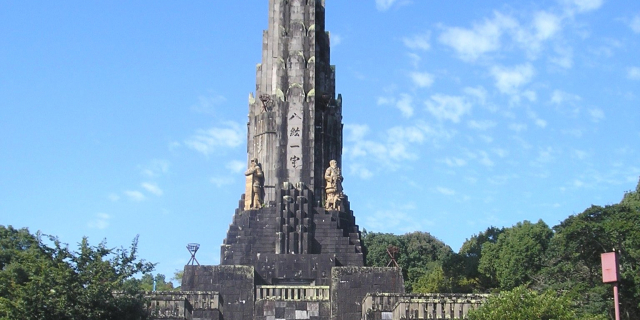


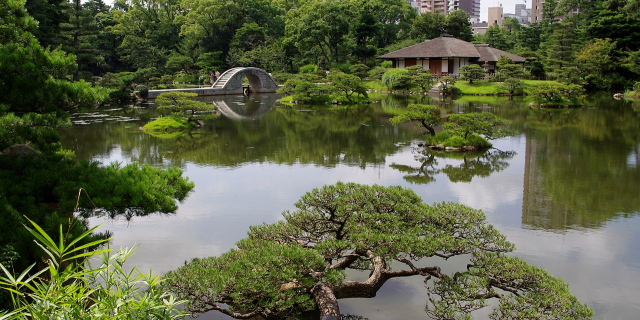


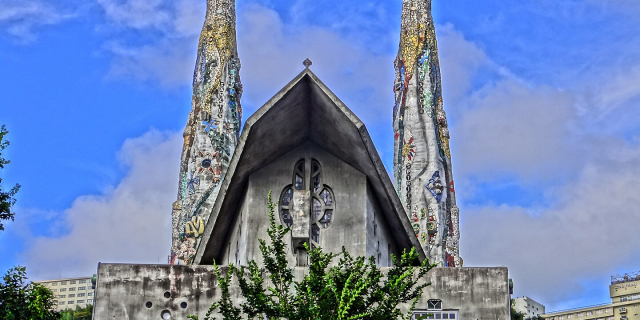



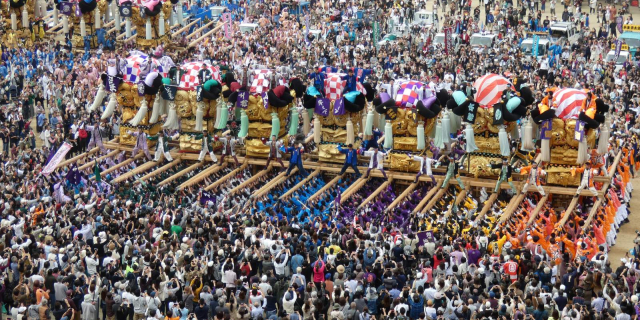

Add new comment